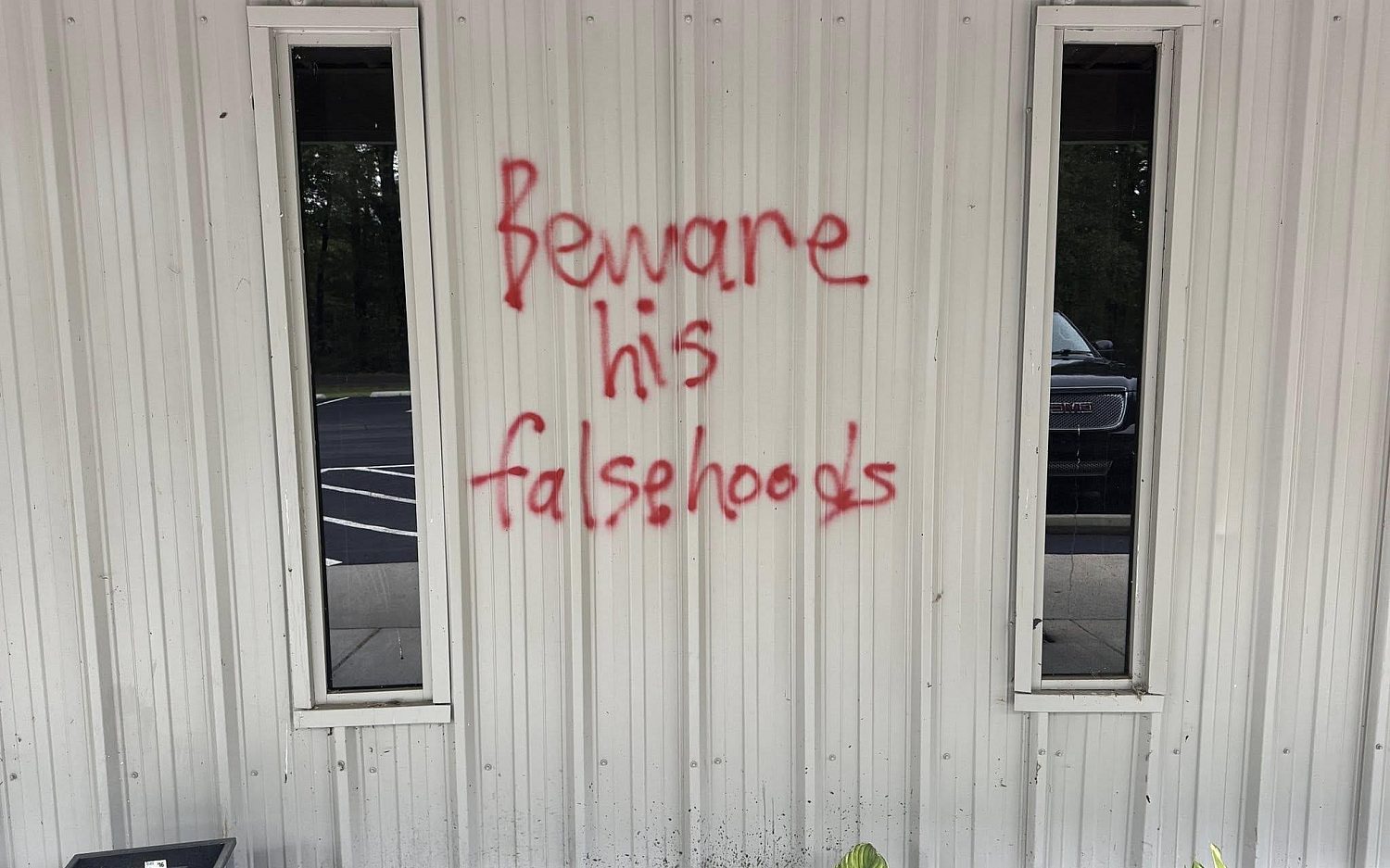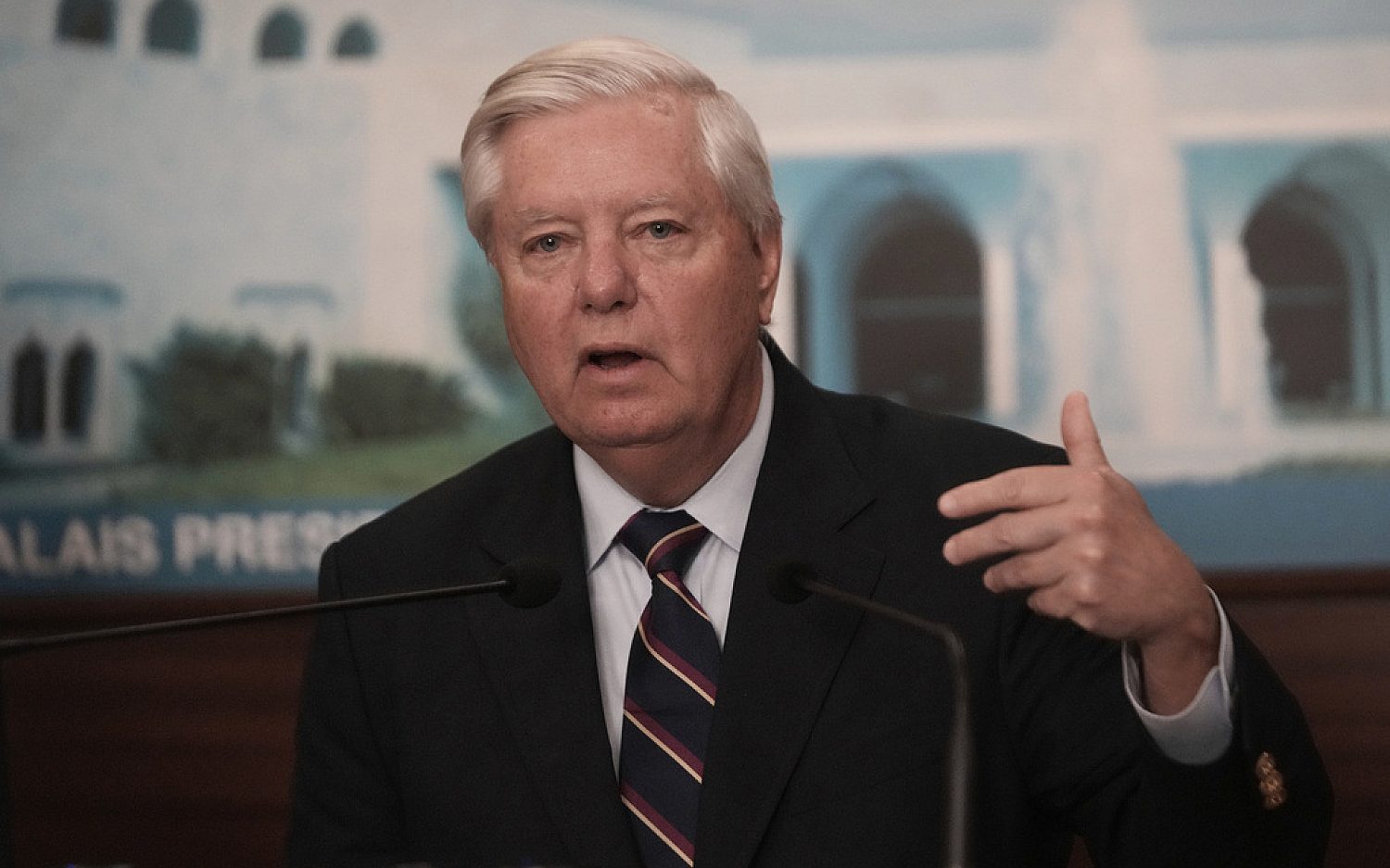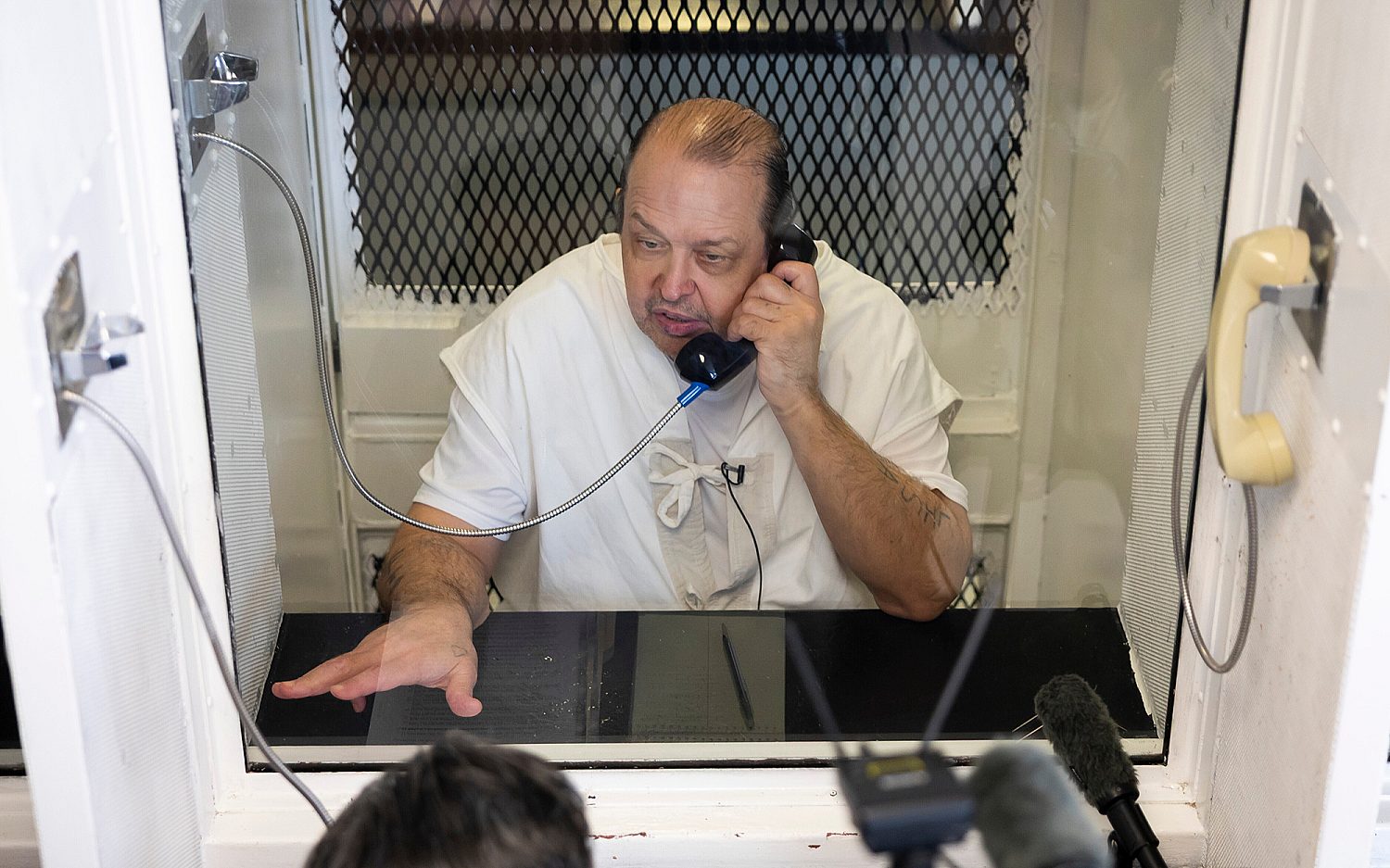Power loss
Japan's disaster deals a huge blow to a global nuclear renaissance
Even if Japan avoids a catastrophic meltdown, the dramatic failures at some of its nuclear reactors deal a radioactive blow to public perceptions of the nuclear power industry.
The Japanese reactor problems "will cement reality" in the United States, said Roger Gale, a nuclear-energy consultant in Washington and former U.S. energy official. "[Already] we weren't going to have many new nuclear plants," he added. "We had already seen the [idea of a nuclear] renaissance bubble and then back off a bit."
In the wake of Japan's March 11 earthquake and tsunami, some experts predict huge setbacks for the nuclear power plant business worldwide-from public utilities like Tokyo Electric Power Co. to conglomerates like General Electric Co., Mitsubishi Heavy, and Hitachi Ltd. that build nuclear plant equipment.
Most of Japan's nuclear power plants are set along the coast, where ocean water can help cool down any problems inside a reactor. But, as the tsunami wave pounded the plants last week and knocked out back-up diesel generators designed to pump in water, several reactors faltered. More than one boiling water reactor at the Fukushima Dai-ichi power station has experienced explosions and other problems in its fortress-like defense mechanisms.
Headlines have stoked fears of a meltdown. Nuclear industry officials say the media is blowing some of the news out of proportion. They suggest nuclear power is still safer than coal and natural gas and that some containment techniques worked in this disaster. But they also admit existing damage is dreadful, and further meltdowns are possible and could be disastrous.
Nuclear plants cost billions to construct and are designed with back-up systems to stop problems and to allow large amounts of water to flow in. "That should all have been triggered," said Gale. "It's unbelievable" similar problems have happened in four different units.
Before the tragedy in Japan, President Barack Obama had planned to expand nuclear plants in the United States by tripling federal loan guarantees (to $54.5 billion) to help build new reactors. Nuclear power plants currently generate roughly 20 percent of U.S. electricity and don't produce the carbon dioxide emissions that coal does.
White House spokesman Jay Carney told reporters this week that nuclear power "remains part of the president's overall energy plan." Energy secretary Steven Chu reaffirmed that at a House Energy and Commerce Committee hearing Wednesday, saying "The administration is committed to learning from Japan's experience as we work to strengthen America's nuclear energy." Chu added that the Department of Energy has sent 39 agency staff to Japan to help monitor radiation, among other tasks.
In general nuclear power advocates in Congress stood by their positions, but nuclear experts doubt that commitment will be possible as some Washington lawmakers already are calling for bans on reactor permits in earthquake zones, including a few Democrats who demanded immediate changes in the nuclear power sector.
Employing an unfortunate choice in words, Rep. Edward Markey, D-Mass., called for a "seismic shift" in U.S. nuclear safety regulations, while Rep. Henry Waxman, D-Calif., called for a congressional investigation and hearings into nuclear safety in the United States.
Chu noted several times that the nuclear situation in Japan was still unfolding and that he himself had scant information about what was happening, though he said the crisis appeared to be worse than the 1979 incident at Three Mile Island, when a nuclear reactor in Pennsylvania partially melted and vented radioactive steam. House Energy and Commerce Chairman Fred Upton, R-Mich., also called for a "time of reflection" before enacting "permanent changes in policy based on incomplete information."
Though no new nuclear plants have been built in the United States in several decades, nuclear power has a growing base of support. Republicans see it as a more economically viable alternative energy than wind or solar power. Democrats admire nuclear power because it emits no carbon.
Some Republicans did take the opportunity Wednesday to criticize the administration for expanding nuclear power without addressing the problem of nuclear waste. President Obama has halted work at Yucca Mountain in Nevada, the only location in the country that was being developed to store high-grade nuclear waste. Upton called Obama's decision "penny wise and pound stupid." Most nuclear plants currently store their waste on site, in pools, but they will need more advanced storage eventually. A White House blue ribbon commission is researching alternatives to Yucca, and it will publish its findings in 2012.
Public fear of nuclear power can be traced back to the Three Mile Island accident. The explosion at that nuclear power facility remained largely contained but cast a chill over nuclear power developments. The Chernobyl disaster in 1986 in the Ukraine (when it was part of the Soviet Union), meanwhile, remains the worst nuclear power plant accident in history. It killed dozens, polluted the soil, and left multi-generations of health problems.
Opponents in California say Japan's tragedy is more evidence for not building new reactors on the earthquake-prone West Coast. The tragedy also renews questions about Entergy Corp's two Indian Point reactors, 24 miles north of New York City. They provide 25 percent of power for New York City and are near the intersection of two seismic zones. Hugh Wynne, an analyst at Bernstein Research in New York, expects new regulatory scrutiny for all U.S. reactors near seacoasts and tidal rivers.
Worldwide, governments started back-pedaling on nuclear plans in recent days. German Chancellor Angela Merkel shut off seven of Germany's oldest nuclear plants. The European Union is reviewing all its nuclear plants. Switzerland said it would not renew three of its five nuclear plants. Engineers in large nuclear markets like France and the United States are likely to test back-up systems-particularly on reactors using the same GE's boiling water reactor technology that the troubled reactors in Japan use.
As the reactor situation worsened this week, Japan's chief cabinet secretary, Yukio Edano, said the roughly 100,000 people who live within 18 miles of the troubled plant should stay indoors, close windows, and make their homes airtight.
As phone lines were restored, Joshua Ogawa, a New York-based correspondent with Japanese business newspaper Nikkei, tracked his younger brother Kengo Shibahara, 37, who lives in a town 18 miles west of the Fukushima region. Shibahara, a social worker, is now over-seeing 8,000 people displaced because of the radiation.
An actual newsletter worth subscribing to instead of just a collection of links. —Adam
Sign up to receive The Sift email newsletter each weekday morning for the latest headlines from WORLD’s breaking news team.




Please wait while we load the latest comments...
Comments
Please register, subscribe, or log in to comment on this article.